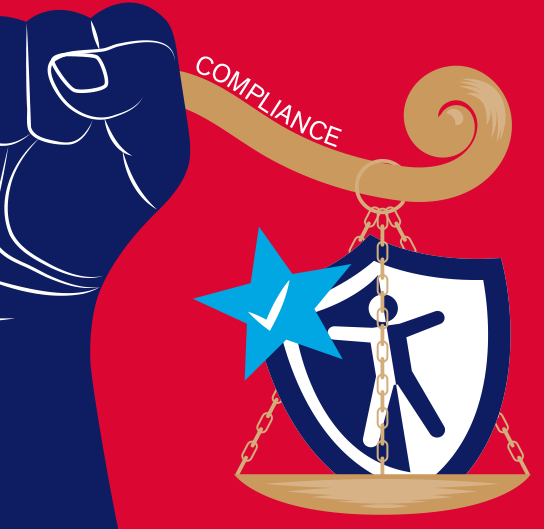Reevaluating the Use of Academic Applications with the State Adoption of New Accessibility and Security Guidelines
quote Heading link
Many previously recommended applications fall short of meeting security and accessibility protocols. Balancing innovation with compliance is our new challenge.
text Heading link

Over the past few years, educational institutions have witnessed a surge in the adoption of digital tools for teaching and learning. The Center for the Advancement of Teaching Excellence (CATE), the Instructional Design & Media Production Studio (IDMPS), and Learning Technology Solutions (LTS) have been at the forefront at UIC, recommending various applications that enhance classroom interactivity and support faculty. Platforms like Padlet, Kahoot, Miro, and Google Jamboard have empowered instructors, fostering engagement and creativity in the classroom. LTS maintained a resource page, encouraging faculty to explore these tools. However, recent developments, including adopting WCAG 2.1 guidelines and heightened security concerns, have prompted reevaluating these recommendations.
The Changing Landscape
Accessibility and Security
The state’s requirement is the Illinois Information Technology Accessibility Act, and underscores the importance of accessibility in digital educational tools. These guidelines ensure that digital content is usable by all, regardless of disabilities. Simultaneously, security concerns loom large. As TS’s security team develops robust processes, we find ourselves at a crossroads. Many previously recommended applications fall short of meeting security and accessibility protocols. Balancing innovation with compliance is our new challenge.
text 2 Heading link

The Review Process
Over the next year, LTS will review all applications it supports to ensure compliance. Difficult decisions lie ahead. Some tools may no longer receive endorsements due to non-compliance. We’ll collaborate with other universities to inform our choices, gathering data on free applications. However, the dynamic nature of software updates complicates matters. Ensuring continuous alignment with accessibility and security criteria remains elusive, but a transparent communication plan will inform instructors of updates and changes. This process involves assessing the accessibility and security features of each application, gathering feedback from faculty, and exploring alternative applications that meet new criteria. Faculty input will be integral, with opportunities to provide feedback through surveys and participation in focus groups.
The Blackboard Conundrum
The Blackboard Ultra Transition
Our journey begins with Blackboard Learn—the ubiquitous learning management system (LMS). Recent scrutiny reveals that the original Blackboard content falls short of WCAG 2.1 standards. As stewards of education, we must act.
While not ideal, transitioning to Blackboard Ultra emerges as our pragmatic solution. With a looming April 2026 deadline for WCAG 2.1, we prioritize efficiency. The provost’s office and colleges are integral partners. LTS will procure resources, establish plans, and communicate effectively. Starting in the summer of 2025, course conversion to Blackboard Ultra will commence. Early adopters will receive tailored support.
Conclusion
The educational technology landscape evolves, demanding adaptability. As we bid farewell to some beloved tools, we embrace the promise of compliance and security. Blackboard Ultra awaits— a bridge to an accessible, secure future. Let us navigate this transformation together, ensuring our students thrive in an inclusive digital environment.